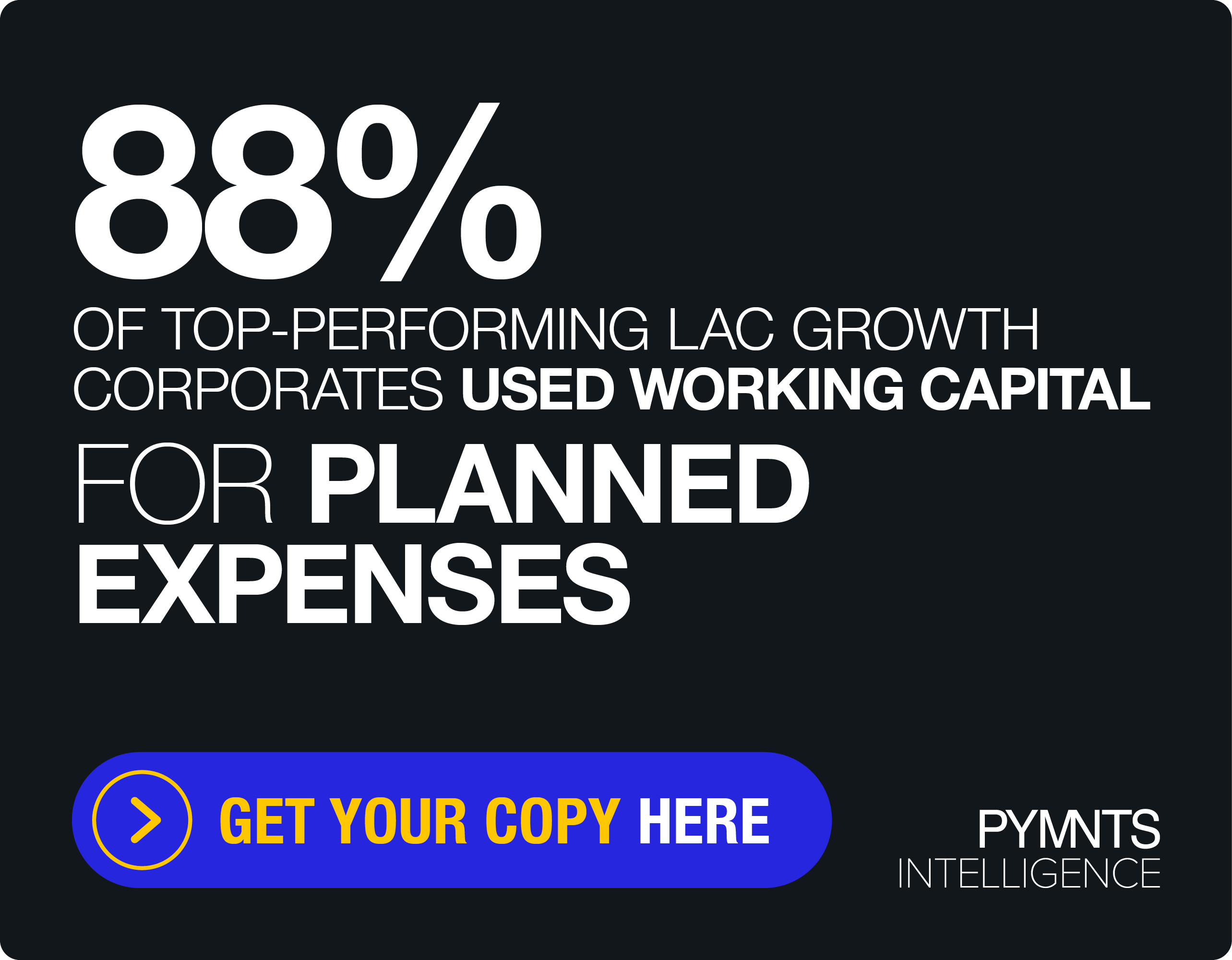Billtrust CEO Says Middleware and Not Standards Key to Modernizing B2B Payments
Billtrust CEO Flint Lane predicted that B2B’s modernization would not come in one fell swoop, underpinned by a global standard — a language of data, so to speak — that directly links buyers and suppliers, AR and AP departments.
“There are just too many people who would have to change the way they do things,” he told PYMNTS CEO Karen Webster, “and nobody wants to go first.”
Here’s something else that won’t happen: the imminent demise of checks — well, not anytime soon.
“They’ll continue to decline, and with the continued invention of better mechanisms to deliver electronic payments, that decline will accelerate,” said Lane. “There will not be a complete disappearance of paper checks — not unless the post office starts charging much more for postage.”
Some behaviors are just too firmly entrenched to fall by the wayside entirely. There are too many unbanked people in the country and too many businesses that love their checks and who for whatever reason opt not to embrace electronic means of transacting.
There’s another reason that checks are proving to be so sticky, as Webster observed: It’s become easier to deal with them. Fraud magnet though they may be, there are enough systems, technology and software that’s in place to make it easier to use them — chiefly through automation.
Indeed, for the businesses who are set on using them, it’s a case of “out of sight, out of mind” when paying by check, said Lane. Those paper payments travel straight to the bank’s lockbox, and the FIs have built automation around the checks, complete with automatic envelopes, scanners and OCR technology, too.
Also set to decline but not die: payment portals.
“They’re a wildly inefficient way to automate things,” he said, as businesses send invoices to customers. The portals will be favored by smaller firms, who still act like consumers as they look to move payments online, but are not optimal for larger companies with thousands of suppliers they have to pay. In fact, account payable (AP) teams spend time and money building what are essentially robots that push thousands of payments through those e-portals.
In Lane’s telling of it, there’s something better than taking a piecemeal approach to automating parts of the B2B payments flow: Not having to automate in the first place.
If there’s one trend that will run through B2B, it’s digitization as enterprises present invoices and pay them, and transfer billing and remittance data back and forth — and don’t have to tinker with back office workflows.
The Middleware Approach
What B2B really needs, Lane said, is a universal translation layer — a set of middleware to streamline data and connectivity. He offered the example of the ATM network, where a slew of different networks is still operating across the globe — but regardless, there’s middleware running through it all.
In B2B, a translation layer “fosters the interoperability between businesses to allow them to exchange electronic payments — and more importantly, electronic remittance information is the key to driving success here,” Lane noted.
He added that rich data flows enable providers such as Billtrust to move beyond traditional AR and AP lanes, and bring net terms, working capital and cash flow management to a platform that’s essentially a loop of innovation.
Looking Ahead
“We have a strong belief that every single business is going to need a digital address that does not yet exist,” he said, “so we’re investing heavily in [Billtrust’s] Business Payments Network to build out a standard around digital addresses so that every business can be paid electronically easily without going through a complex discovery process.”
Lane said there’s a 50% chance that the ACH network becomes the rails over which those digital payments travel and a 25% chance that other infrastructure gains favor — perhaps real-time networks or perhaps something else entirely. Public blockchain and stablecoins may be an option, with the latter pegged to the dollar for stability.
“There are a lot of providers on both the accounts payables and receivables sides that are automating those two functions – but we rely on these archaic payments rails that don’t carry remittance … and it’s not beyond the realm of possibility that the providers get together and build a network,” Lane said.
And as the rails themselves modernize, buyers and suppliers find increasing value in finding new ways to pay and manage net terms more efficiently, predicted Lane. All of a sudden, with interest rates soaring, a 2% discount for a payment made in 10 days becomes an attractive way to manage cash flow.
“If interest rates continue to rise, not only will net terms come back, but credit cards will become more interesting,” he said. In fact, there’s a 25% chance that credit cards will take a significant share of the upcoming digital transformation as checks continue to decline.
The Great Shakeout
As digitization takes over, the very landscape of the providers themselves will shift. There will still be value in maintaining customer relationships on the AR side of the B2B transaction (and thus a need for human staffing) but AP will see a reduction in headcount as tasks are taken over by the machines.
That means, too, that the number of providers of AP technologies and solutions firms will dwindle amid a shakeout. There’s not enough funding to keep all of those businesses alive, not in the current capital environment.
As Lane told Webster, “there’s probably 15 of us who are focused on accounts receivable. There’s probably a hundred that are focused on accounts payable — so it’s tough to think there won’t be some consolidation there. They’re all chasing after the virtual card interchange, and that’s going to come to an end. Not in three years, but at some point the party ends.”
